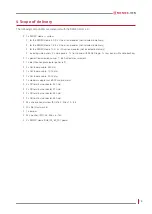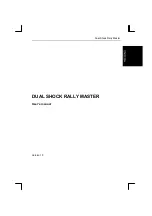
9
2 Safety
The following safety instructions must be observed without fail to avoid injury or damage and to guarantee
long-term safe operation of the SENEC.Home Li. The safety instructions must be observed and complied with
during all operations, since the installer is also responsible for the safety of the system installed.
The general regulations for occupational health and safety shall always take priority.
2.1 Use as intended
The SENEC.Home Li and its components have been developed and constructed in accordance with rec-
ognised rules of safety engineering. It is intended for storing power in the low voltage range generated by PV
installations, small wind turbines, CHP plants, fuel cells or other energy sources.
The SENEC.Home Li operates as a charge controller and converter from direct current to alternating current
and from alternating current to direct current. The battery module stores electrical energy in chemical form
and discharges it into the domestic power network in the form of electricity on demand.
Mains backup operation is limited to the discharge of the battery by way of user friendly discharge logic, as
long as sufficient battery capacity is available.
2.2 Use not as intended
The use of the SENEC.Home Li on or in the water (e.g. boats, ships, offshore installations), in the air or for mo-
bile uses is expressly prohibited. Modifications to the SENEC.Home Li, which are not expressly authorised by
DEV in writing, are not permitted. Warranty and guarantee terms are voided by conversions or modifications
performed without permission.
The SENEC.Home Li does not have an uninterruptible power supply (UPS) and thus must not be used for the
operation of medical equipment, particularly not for systems employed to sustain life, which require a UPS.
The SENEC.Home Li must only be operated in parallel with the mains and does not permit stand-alone op-
eration.
The use of third-party rechargeable batteries is not permitted.
2.3 Requirements on the installer
Only trained qualified electricians who meet the following conditions are considered to be installers for the
purposes of these installation instructions:
•
Knowledge of the general functions of energy storage units on/in the low-voltage network
•
Authorisation to work up to 1000 V and knowledge of electrical devices and installations
•
Knowledge of the relevant standards and directives in the VDE series
•
Knowledge of the documentation for the SENEC.Home Li energy storage unit
•
Knowledge of the transportation of hazardous materials in accordance with the ADR










































